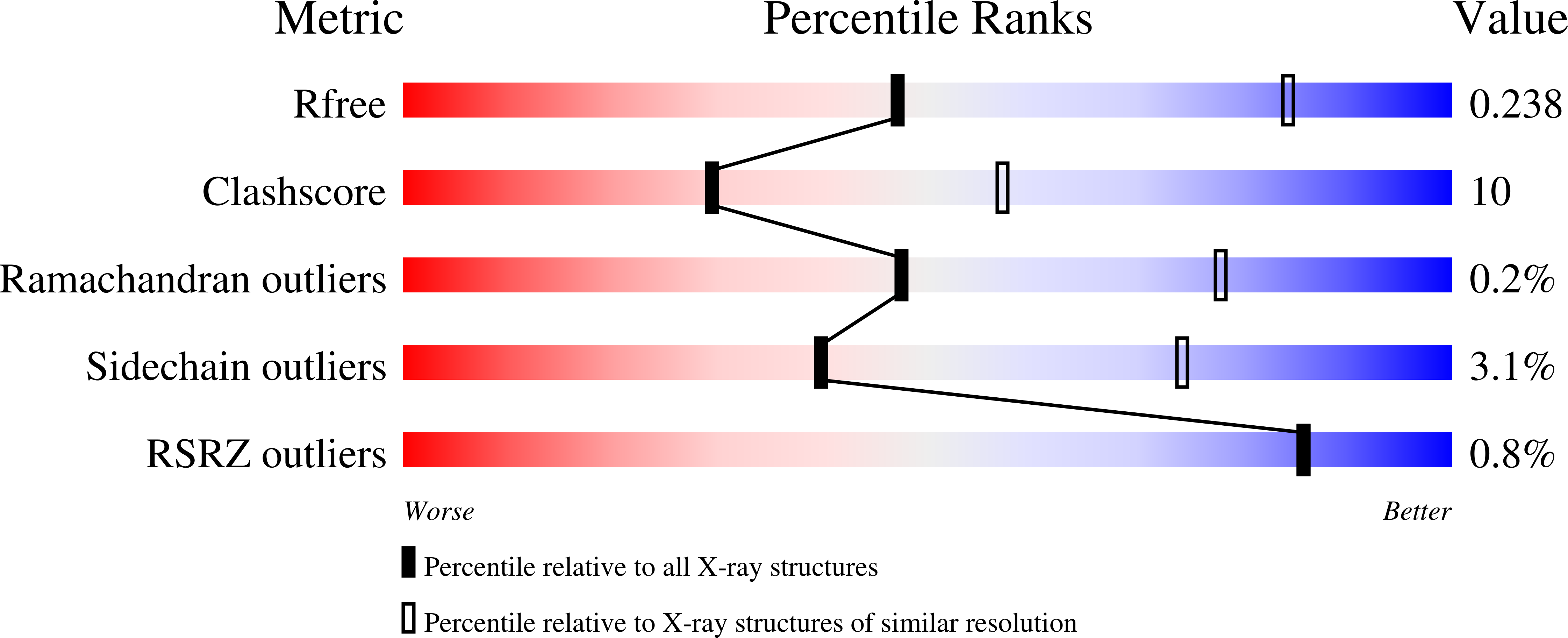
Deposition Date
2014-08-27
Release Date
2015-01-21
Last Version Date
2023-11-08
Entry Detail
PDB ID:
4R7G
Keywords:
Title:
Determination of the formylglycinamide ribonucleotide amidotransferase ammonia pathway by combining 3D-RISM theory with experiment
Biological Source:
Source Organism:
Salmonella typhimurium LT2 (Taxon ID: 99287)
Host Organism:
Method Details:
Experimental Method:
Resolution:
2.90 Å
R-Value Free:
0.23
R-Value Work:
0.17
Space Group:
P 65


